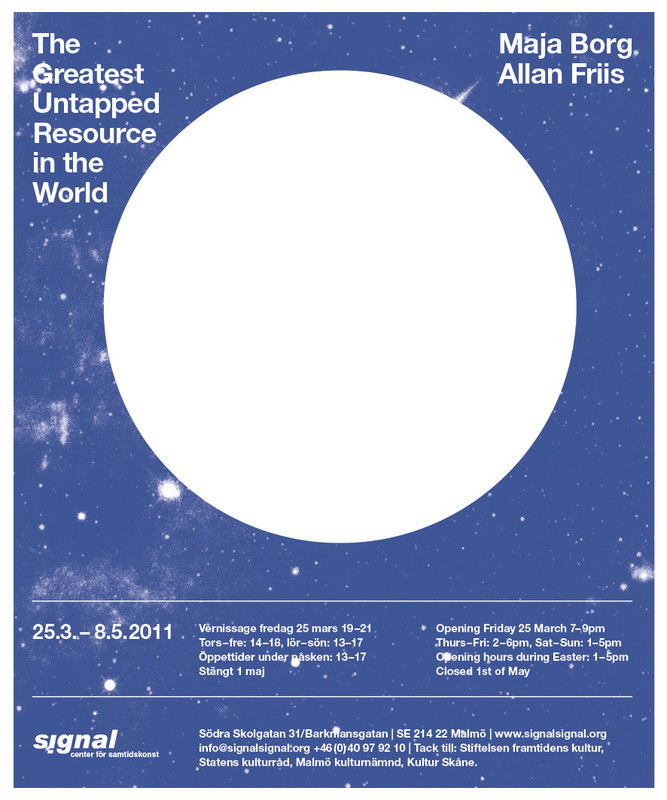Maja Borg, Allan Friis
25 Mar - 08 May 2011
MAJA BORG, ALLAN FRIIS
The Greatest Untapped Resource in the World
25 March – 8 May, 2011
In Maja Borg’s film Ottica Zero we follow the acclaimed actress Nadya Cazan who right after her breakthrough disappears from the limelight in order to start searching for a more sustainable way of life as her new persona, N.E.M. Her journey is interleaved with the ideas of social innovator and futurist Jacque Fresco about tangible alternatives to our current way of life, alternatives in which the earth’s resources are sufficient for and accessible to the entire population of the planet – if we are only able to see beyond prevailing ideologies. Fresco’s faith in science is not absolute, for he sees an element of risk. “We are technically well informed, but we are not wise”, he exclaims at one point in the film, noting that although technology is moving rapidly into the future our social ideas are not.
Allan Friis’s five paintings of cabinets from 1967-68 provide a dialogue with the notions that develop in Ottica Zero. The paintings date from a period in his artistic career in which he abandoned a more visionary imagery that was rooted in an imaginist tradition to reflect, instead, on contemporary political tensions, the rapidity of technological developments and our human vulnerability in a threatening and, to him, an absurd world. His new imagery, which changed again in the 1970s, described a science-fiction-based architectonic and technical presence with surrealist overtones.
At the same time that a sense of littleness is expressed in relation to technology and nature, a faith in humanity, and in the ability to change the world in which we live, is recovered. The issue of which future we want to meet and what possibilities there are for us to be able to make use of the resources that are available to us depends, ultimately, on how tolerant the society that we have built up is towards visionary and unconventional alternatives.
The Greatest Untapped Resource in the World
25 March – 8 May, 2011
In Maja Borg’s film Ottica Zero we follow the acclaimed actress Nadya Cazan who right after her breakthrough disappears from the limelight in order to start searching for a more sustainable way of life as her new persona, N.E.M. Her journey is interleaved with the ideas of social innovator and futurist Jacque Fresco about tangible alternatives to our current way of life, alternatives in which the earth’s resources are sufficient for and accessible to the entire population of the planet – if we are only able to see beyond prevailing ideologies. Fresco’s faith in science is not absolute, for he sees an element of risk. “We are technically well informed, but we are not wise”, he exclaims at one point in the film, noting that although technology is moving rapidly into the future our social ideas are not.
Allan Friis’s five paintings of cabinets from 1967-68 provide a dialogue with the notions that develop in Ottica Zero. The paintings date from a period in his artistic career in which he abandoned a more visionary imagery that was rooted in an imaginist tradition to reflect, instead, on contemporary political tensions, the rapidity of technological developments and our human vulnerability in a threatening and, to him, an absurd world. His new imagery, which changed again in the 1970s, described a science-fiction-based architectonic and technical presence with surrealist overtones.
At the same time that a sense of littleness is expressed in relation to technology and nature, a faith in humanity, and in the ability to change the world in which we live, is recovered. The issue of which future we want to meet and what possibilities there are for us to be able to make use of the resources that are available to us depends, ultimately, on how tolerant the society that we have built up is towards visionary and unconventional alternatives.

